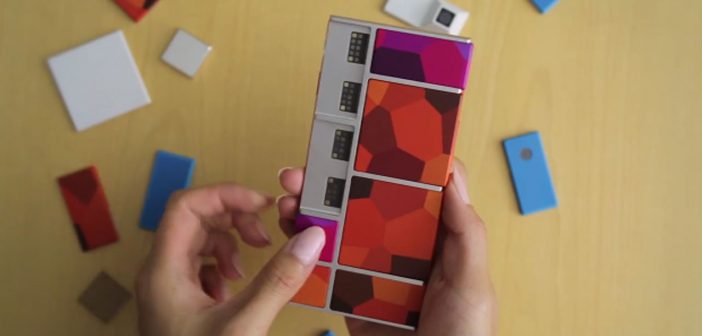When Google acquired some ex-DARPA engineers for the Project Ara, the team set a goal for a finish in two years. The two years is almost up and Google has announced they will discuss more about the changes to Project Ara in January next year.
Google has already shown their strategy for bringing the modular smartphone to market, by enlisting manufacturers to create specific parts. These parts will be compiled into a real smartphone, and users will be able to customise to their style.
No manufacturers have been listed as partners yet, but Google’s list should fill up quickly. Considering Qualcomm is one of the only chip makers in profit, Nvidia, MediaTek and other processor manufacturers should be interested in this new store.
The modular phone works by attaching different parts to a central board. Google has already confirmed the boards will be the base-line price, and will ship with the basic components for under $50 when the store finally opens.
This attractive price-point could open the modular smartphone to developing countries like India, China and Africa. Having a cellular device for under $50, with Android (in a variety of skins, we assume) would be a bargain.
It should also appeal to those who liked the Moto X “Moto Maker” app, which allows the user to make basic customisations to the design of the Moto X. This will be the same, but users will be able to add components like stereo speakers, instead of coats of paints.


